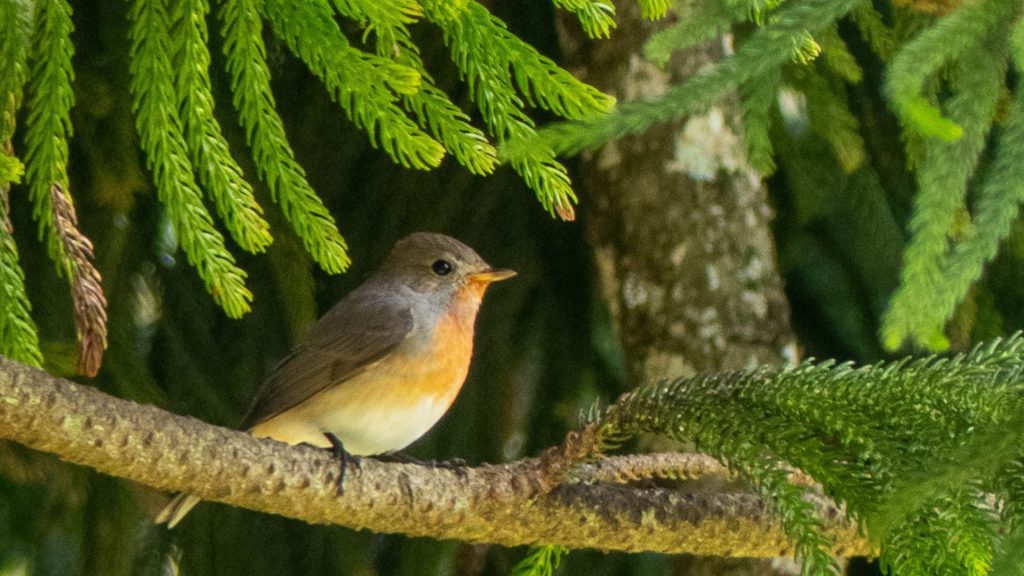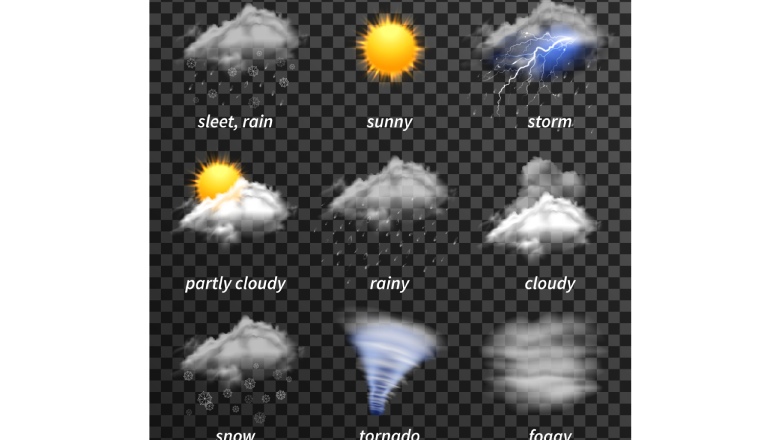The biodiversity of the Western Ghats is facing a major crisis. The battle to save Western Ghats plants is running short on time.
A new report from the IUCN SSC Western Ghats Plant Specialist Group has red-flagged the urgent conservation status of the region’s endemic flora. Scientists warn that population-level assessments of these plants are “urgently needed to assess threats.” This crucial work will raise awareness about major threats.
Key findings:
The sheer scale of the conservation challenge is immense. The group managed to complete 65 global Red List reassessments of trees, shrubs, and herbs in 2024-2025. This documentation is vital to track declines. However, significant knowledge gaps persist for high-diversity plant groups. The ongoing threat posed by invasive species remains a critical research focus.
Challenges and opportunities:
The primary challenge is translating macro-level data into effective ground action. The need for population-level data on the most threatened flora must be met. This scientific gap makes conservation prioritization difficult.
Despite the challenges, key conservation opportunities are emerging in the Western Ghats. Technical efforts are underway for critically endangered plants, including the ex-situ conservation of the large climber Nesphostylis bracteata.
The way forward:
The path forward requires data to guide immediate interventions. Data gathered will help to prioritize and recommend conservation actions.
The goal is to rapidly implement species recovery programs. To support this, the group is building local capacity. It trained 85 people in assessment tools during the period.
The group’s foundational mission remains the same. As the report states, the core purpose is “to improve the conservation status of wild plants in the Western Ghats.”











